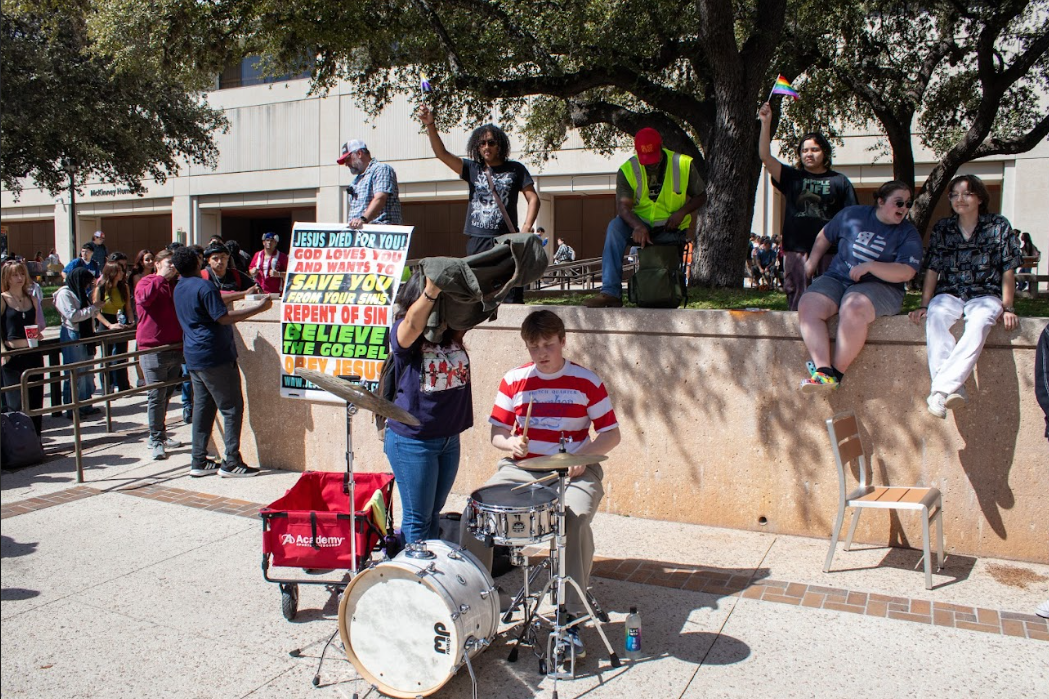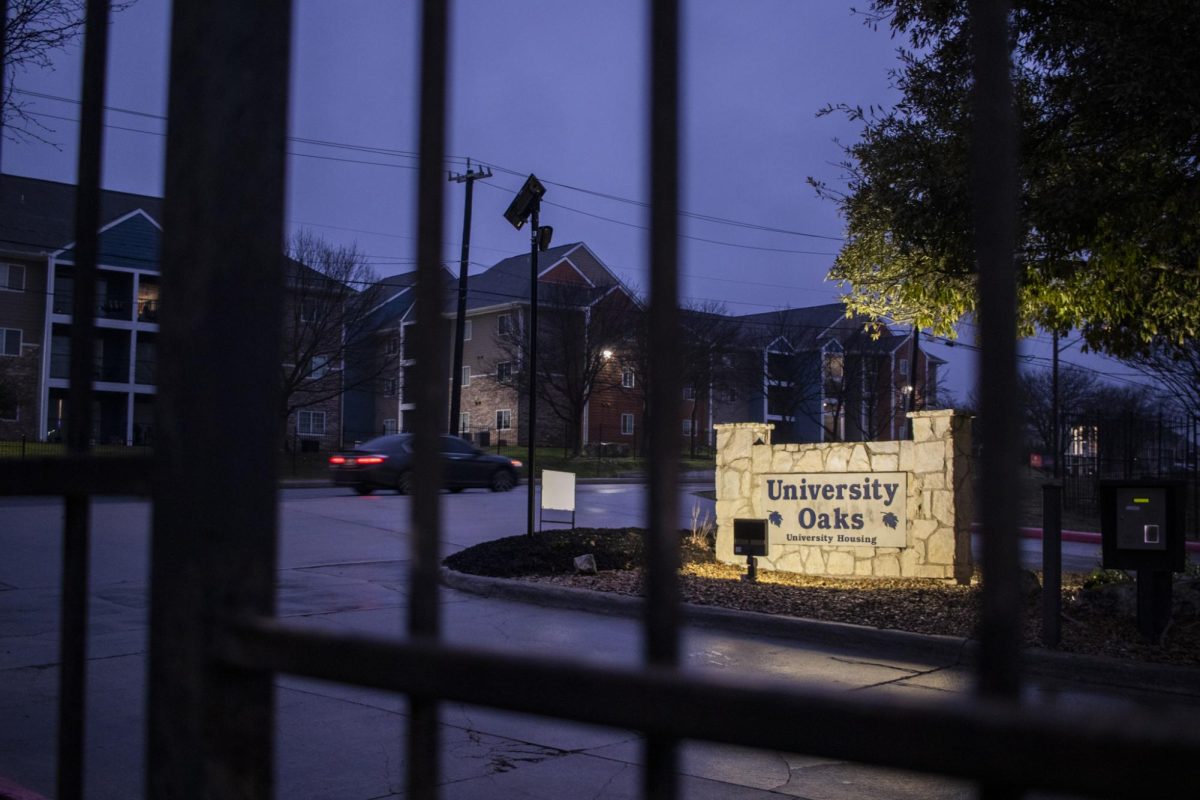This month, the Supreme Court will consider whether affirmative action can be used as justification for university admissions to achieve diversity. Abigail Fisher filed a lawsuit against the University of Texas at Austin under the belief that she was denied acceptance to the university because of her Caucasian race. The decision could influence the future of affirmative action in university admissions across the nation.
According to the legal briefs presented to the Supreme Court, the University of Texas at Austin receives applications from approximately four times more students each year than it can enroll in its freshman class.
On Oct. 10, plaintiffs of Fisher v. University of Texas will challenge the lower court affirmation that “student body diversity is a compelling state interest that can justify the use of race in university admissions.” In her brief to the court, Fisher stated,”If any state action should respect racial equality, it is university admission.”
Therefore, the University of Texas considers two criteria before admitting applicants. One of which reviews the student’s academic achievements. The other bases its criteria on a “Personal Achievement Index,” which considers the applicant’s demonstrated leadership qualities, extracurricular activities, awards and honors, work experience and service to the school.However, race is only “a factor of a factor of a factor of a factor” in the “holistic” review of each applicant, stated Fisher v. University of Texas, 2011.
Despite a student’s standing on the AI/PAI scale, Texas State Legislature granted automatic admission to any public state university, including UT, for all public high school seniors in the top 10 percent of their class, following the 1996 ruling of Hopwood v. Texas.
Between 70 and 80 percent of qualifying applicants are admitted under the Texas “Top 10% Law.” Of the 6,322 students who were admitted in 2008, 5,144 were accepted under the “Top 10% Law.”
Fisher, a white female, graduated outside the top 10 percent at Stephen F. Austin High School in Sugar Land, Texas in 2008. She claimed that less qualified minorities were admitted into UT, while she was only offered admission to the university’s Coordinated Admissions Program (CAP), with the guarantee to transfer to Austin the following year.
The only goal of the Top Ten law, University of Texas President William Powers asserted in Fisher v. University of Texas, 2011, is to create a university environment where students are “learning and drawing from and sharing their experiences with people from different backgrounds, and that’s diversity writ large – geographic diversity, intellectual diversity, ethnic diversity, religious diversity,”
“We’re trying to prepare them educationally for the world they’re going to live in.”
University lawyers claimed in a 2009 court brief that this racial diversity is a product of highly segregated Texas high schools. Thus, the university’s policy, the Top Ten law serves to break down racial stereotypes.
A Supreme Court ruling in 1950 forced the university to accept its first African American student. The dormitories were desegregated in the 1960s. In Hopwood v. Texas, the Fifth U.S. Circuit Court of Appeals ruled that UT admissions criteria violated the 14th Amendment’s Equal Protection Clause. The Court concluded that diversity was not sufficiently important to justify racial preferences.
In Grutter v. Bollinger, the Supreme Court ruled affirmative action in admissions was unconstitutional. However, because of the compelling interest to enroll “a critical mass” of minority students, Supreme Court Justice Sandra Day O’Connor held that universities may consider race a “plus” in the evaluation of an applicant, only if the racial preferences met specific restrictions. The ruling stipulated that “race, alone, must never be the “defining feature” of an application, no racial group could be “insulated” from competition with other applicants, schools must carefully consider race-neutral alternatives in pursuing diversity and must phase out the use of race as quickly as possible.”
In Gratz v. Bollinger, the Court determined that the University of Michigan’s undergraduate admissions violated precedent by awarding extra points to minority applicants. Their program was deemed “narrowly tailored”-a race-conscious admissions quota system that “insulat[e] each category of applicants with certain desired qualifications from competition with all other applicants,” expressed Justice Lewis Powell in Regents of the University of California v. Bakke.
Considering the grounds on which Fisher v. University of Texas may be considered unconstitutional, the ruling would contradict the precedent. The Texas solicitor general summarized this case best when he stated, “If the Plaintiffs are right, Grutter is wrong.”
The plaintiffs argued that the Top Ten Percent Rule is not “narrowly tailored” in that the program”produces only minimal gains in the enrollment of under-represented minorities, UT failed to consider race-neutral alternatives that would achieve UT’s diversity goals, UT’s consideration of race is over-inclusive because it benefits Hispanic students, who are not underrepresented and that UT’s consideration of race has no logical end point, according to Fisher v. University of Texas, 2009.
The 2008 Top Ten Report regarding the “Top 10% Law” stated that 75 percent of all admitted African-American students and 76 percent of all admitted Hispanic students in 2004 qualified under the program, compared to 56 percent of all admitted Caucasian students.
The University of Texas stated in a 2009 court brief that Fisher’s GPA of 3.56 and SAT score of 1180 would not have gained her acceptance in the competitive 2008 freshman class, even with a perfect academic index score. The mean SAT score for non-top 10 percent was 1285.
Due to the high volume of applications, the university cannot automatically accept all applicants who qualify under the Top Ten law. The admissions program weighs applicants by class rank. UT caps the number of accepted applicants until all the available spaces are filled.
In 2008, Top Ten Percent applicants accounted for 81 percent of the entering class overall, compared to 41 percent in 1998, and filled 92 percent of the seats allotted to Texas residents, leaving only 841 places university-wide in the Fall 2008 class for non-Top Ten Percent Texas residents, according to the 2008 Top Ten Report.
Under cap restrictions, next year’s freshmen who wish to enroll at UT will likely have to rank in the top eight percent of their graduating class to qualify.
“For those who think we ought to just fill our class with automatic admission, there is not a university in the country that does that, there is not a business in the country that would select people that way,” Powers stated in 2011 briefs. “I think if there were, you would have people saying they are not being treated as individuals.”
Lower courts sided with the University, whose defense further argued that because Fisher graduated from Louisiana State University, there is little reason to continue the litigation.
The plaintiff is seeking damages for the expected difference between the income of a UT graduate and that projected for alumni of LSU.
More importantly, the plaintiff argued that the suit is evidence that school districts had failed to “consider methods other than explicit racial classifications to achieve their stated goals.”
The 5th Circuit Court of Appeals ruled that the University’s race-conscious admissions program (the Top Ten Percent Law) had already fostered increased diversity on the campus. They also asserted that the Plaintiff’s call for an alter
native admissions program appeared to be an unachievable and unrealistic goal of racial diversity to support the University’s race-conscious policy. The ruling, in effect, permitted all public higher education institutions to administer racially conscious admissions programs without following the “narrow tailoring” that Grutter v. Bollinger required.
Only eight justices will vote in the ruling after Justice Elena Kagan recused herself from the case.
In the case of a tie vote, UT’s admission program, including the Top Ten Percent Law would remain in place. However, the decision would not serve as a precedent. If the votes favor Fisher, the decision would overturn Grutter v. Bollinger and prohibit the University to consider race in future admission.
A decision in Fisher v. University of Texas is expected by July 2013.








